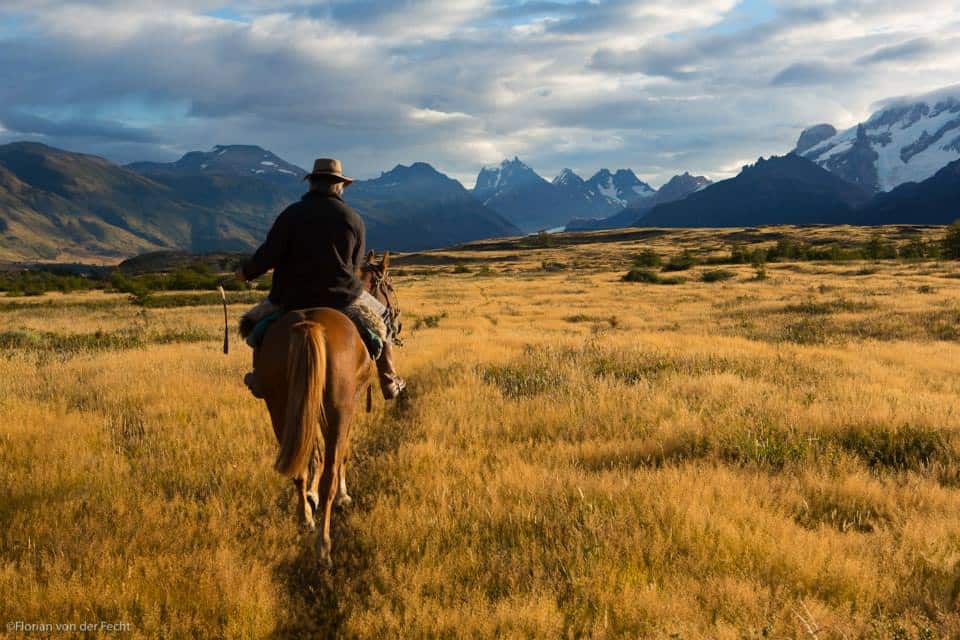
The Criollo Horse: A Testament to Resilience and Elegance
In the vast landscapes of South America, a remarkable equine breed has captured the hearts of equestrian enthusiasts worldwide – the Criollo horse. Descending from the horses brought by the Spanish conquistadors during the colonial era, the Criollo has evolved into a breed known for its exceptional resilience, endurance, and beauty. In this article, we delve into the fascinating history, characteristics, and significance of the Criollo horse.
Historical Background
The story of the Criollo horse traces back to the 16th century, when Spanish explorers and settlers introduced horses to the New World. Over time, these horses, which included Andalusian, Arabian, and Barb bloodlines, adapted to the challenging conditions of South America. The harsh climate, rugged terrain, and scarcity of resources shaped the breed into a hardy and versatile horse that could thrive in the unforgiving environment.
Characteristics:
–Resilience: The Criollo horse’s most notable attribute is its remarkable resilience. It possesses a strong constitution, robust bone structure, and an efficient metabolism. These factors enable the Criollo to endure long journeys and perform strenuous tasks while requiring minimal feed and care. The breed’s ability to withstand extreme temperatures and adapt to diverse terrains is truly remarkable.
–Endurance: The Criollo horse is renowned for its exceptional stamina. It can cover great distances without tiring, making it a preferred choice for long-distance riding and endurance competitions. This remarkable endurance is a result of the breed’s natural athleticism, efficient cardiovascular system, and efficient use of energy.
–Versatility: Criollos are highly versatile horses capable of excelling in various disciplines. Their agility, surefootedness, and natural cow sense make them ideal for working with livestock, including herding cattle or participating in rodeo events. Additionally, their smooth gaits, athleticism, and willingness to please have also made them popular choices for recreational riding, dressage, and even jumping.
–Beauty: Alongside their practical attributes, Criollo horses possess an elegant and striking appearance. They typically have a compact, well-muscled body, a refined head, expressive eyes, and a flowing mane and tail. Their coat colors can vary widely, including bay, chestnut, black, gray, and dun, among others. With their noble presence and graceful movements, Criollos embody the charm and allure of the South American horse.
Cultural Significance
The Criollo horse holds a significant place in the cultural heritage of South America. It has become a symbol of national pride in countries such as Argentina, Uruguay, Chile, and Brazil. The breed’s association with the gaucho, the skilled horsemen of the South American plains, further strengthens its cultural relevance. The Criollo’s adaptability and reliability have made it an essential partner for gauchos in their everyday tasks and an emblem of their way of life.
Preservation Efforts
Recognizing the historical and cultural importance of the Criollo horse, preservation efforts have been undertaken to safeguard the breed’s genetic diversity and promote its sustainable management. Various breed registries, associations, and breeding programs have been established to ensure the breed’s continued existence and improvement. These initiatives focus on maintaining the breed’s unique characteristics, while also promoting responsible breeding practices and education.
The Criollo Horse: both beauty and strength
The Criollo horse stands as a testament to the enduring spirit of an ancient lineage. Evolving over centuries to thrive in the challenging conditions of South America, the breed embodies strength, stamina, and elegance. Whether roaming the vast plains, competing in endurance races, or delighting riders with their graceful presence, Criollo horses continue to captivate and inspire equestrians around the world.
Bespoke tours in Argentina and Chile
We’re a local travel company that offers personalized tours in Argentina and Chile, such as those you can find below:
Let’s start planning your next experience!
0
















